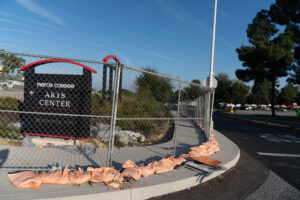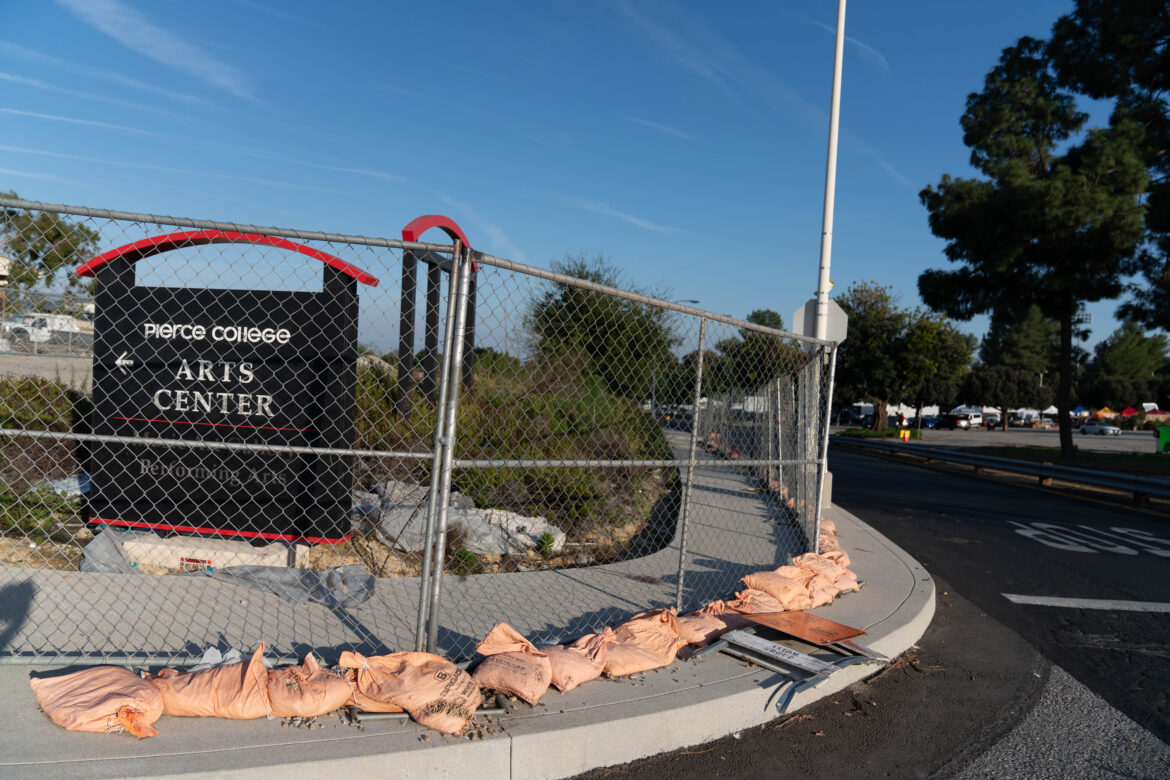
With the semester starting and enrollment returning to pre-pandemic numbers, parking has become a time-consuming and anxiety-inducing task for students that also compromises their safety.
The scarcity of parking, especially in the mornings, often results in students driving laps around the parking lots only to find no space is available. Additionally, the search for parking makes the lots dangerous as students take their eyes off the road to look around for an available space.
With accidents in parking lots occuring at a higher rate than most people expect, Pierce should not wait until someone is injured in an accident to address the issue of lack of clear signage and to implement more safety precautions.
Students’ minds may be preoccupied with getting to class late and figuring out where they will have to put their car, which takes away from their ability to “safely control [their] vehicle and respond to events happening on the roads around [them],” according to the DMV.
However, the issue of parking extends beyond just the parking lots. In particular, when the Admissions Parking Lot 1 is full, another safety concern is revealed—students resort to parking further uphill toward Shepard Stadium and in the surrounding lots.
Due to the geography of Pierce, students have to walk down Brahma Drive to the main part of campus. Between the Performing Arts lots and Student Services Building, there is no sidewalk, mostly due to construction, which forces students to make a daunting and dangerous trek downhill toward campus while cars flash by.
Considering the higher concentration of younger and less experienced drivers on a college campus, there is an added risk for speeding during higher-traffic hours as motorists scramble for parking.
Possible solutions to address parking scarcity can include encouraging students to take public transportation or setting up carpools.
University Business laid out solutions in a 2019 article, with examples that were successful for other schools.
Another solution without a hefty financial burden could be staggering class times. This would not only mitigate parking scarcity, but allow students a wider variety of classes to accommodate their schedules because many community college students work or have family obligations.
Currently, some students use the Los Angeles Department of Transportation’s (LADOT) CityRide, “which provides door-to-door service” to get to school, according to the Pierce website. Steps toward a reduced strain on parking could be raising more awareness for the service.
As for the section of missing sidewalk on Brahma Drive, Pierce could have a sheriff’s cruiser patrol the area to discourage students from speeding and encourage them to drive more diligently.
Improving signage and pedestrian safety would make the campus safer for students.



